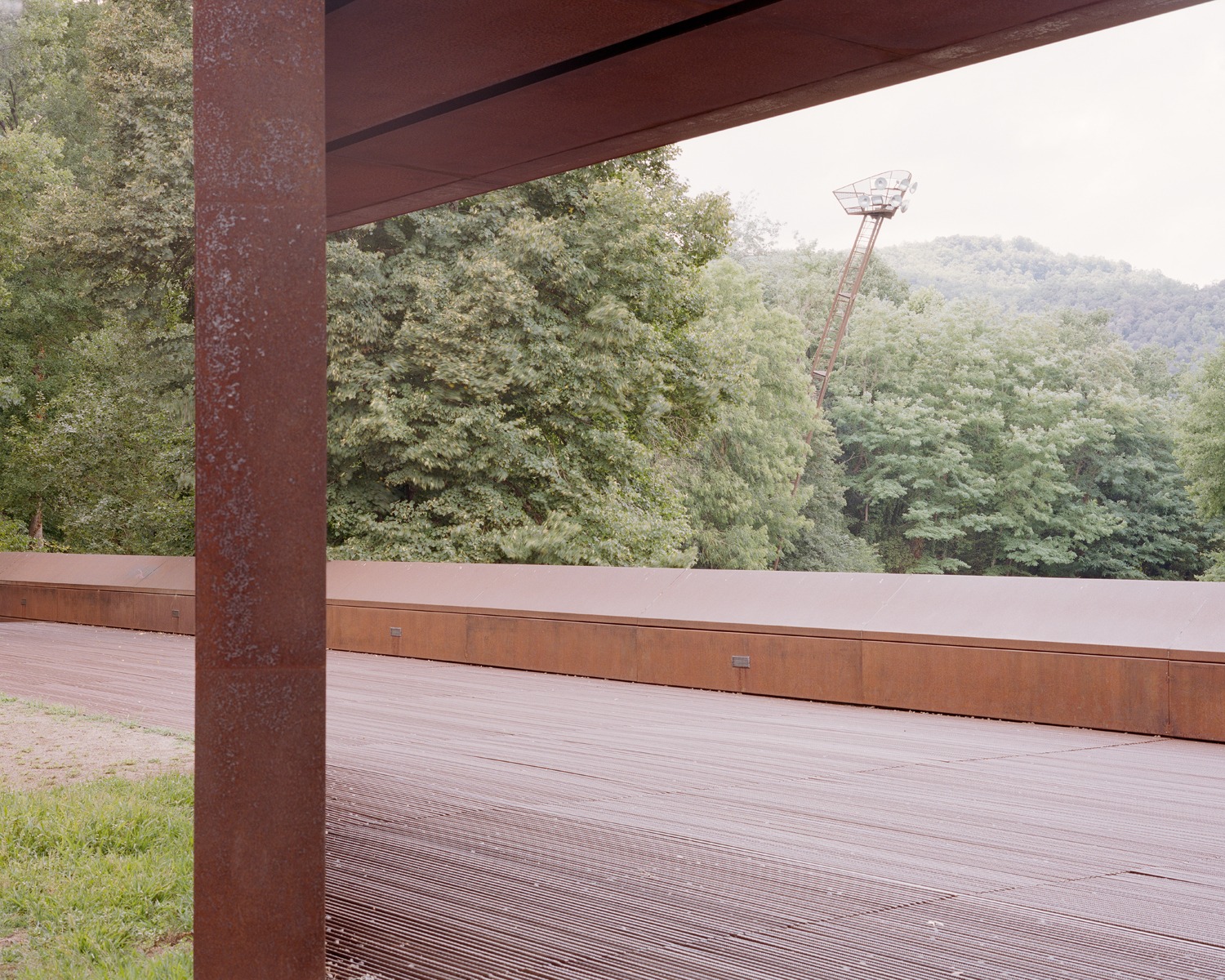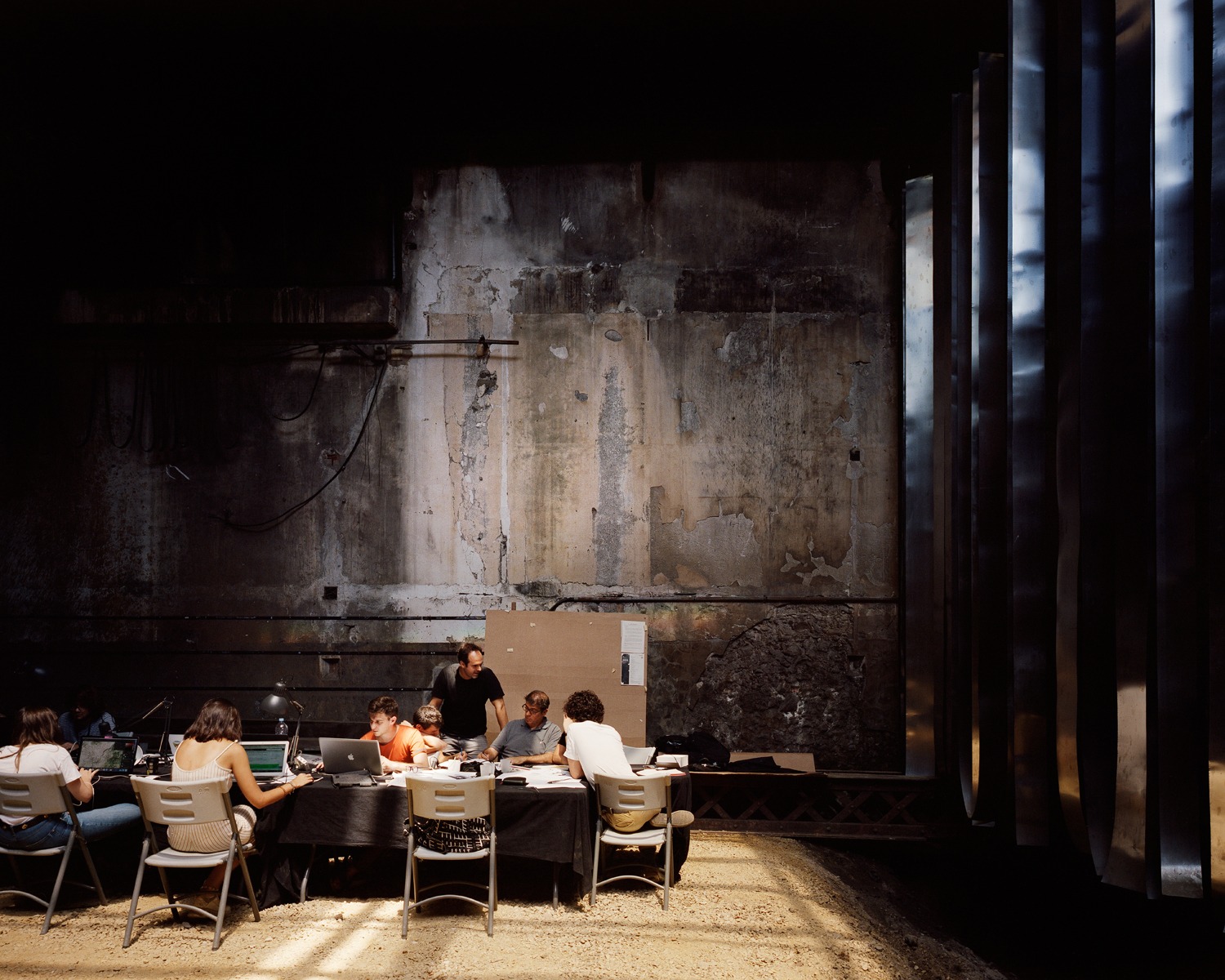
A Summer Afternoon in the Pavilion of Dreams
RCR
The second day of the RCR Summer Workshop begins with a project review. The various Architecture and Landscape working groups, one of the four creative workshops offered this year by RCR Lab·A and RCR BUNKA, present their projects to a group of outstanding experts: Rafael Aranda, Carme Pigem and Ramon Vilalta, founders of RCR Arquitectes, and winners of the 2017 Pritzker Architecture Prize.
The setting is one in which nothing is taken lightly. Groups are gathered around tables, they talk in whispers, the atmosphere is restrained. The respect they have for everything around them borders on reverence. Despite this, someone asks for yet more silence. This is when the projects are finalised before being handed for review. It seems that everyone is clear about what they have to do. The cans of soft drinks and the take-away food boxes indicate the high standards demanded; no one has come all this way just to waste time.
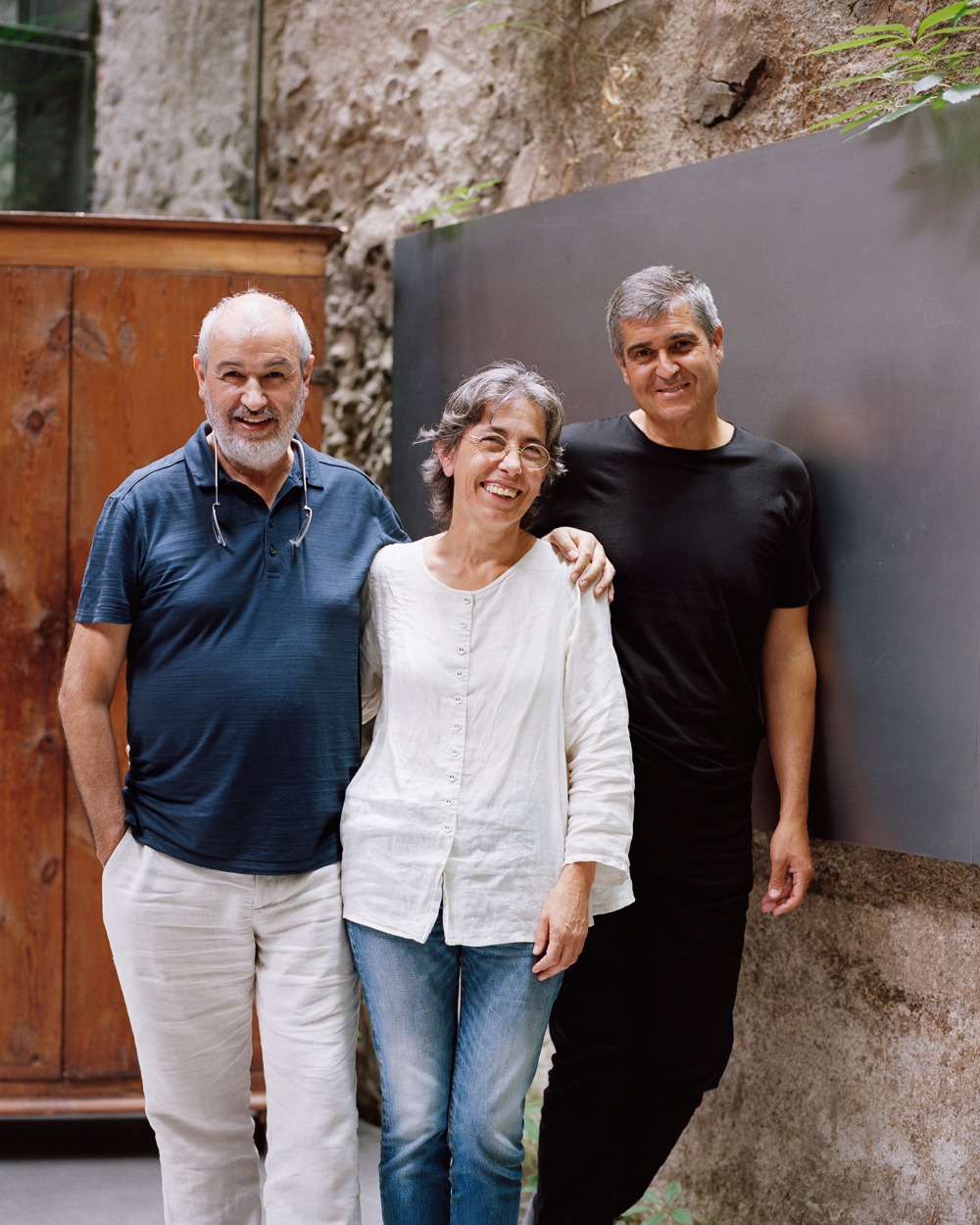
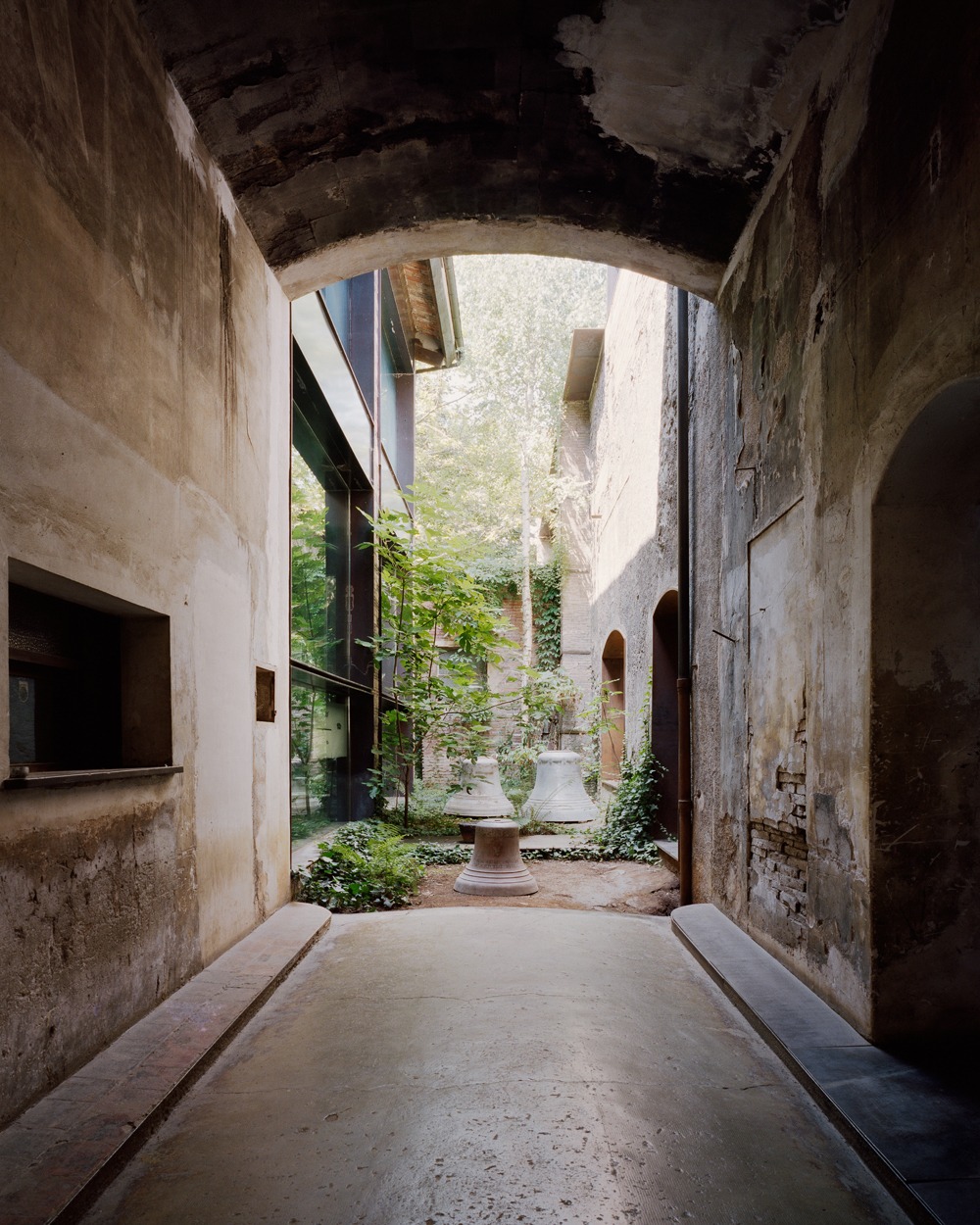
It is early in the afternoon on a Monday in July. Notebooks are used as fans in the stifling heat of these scorchingly hot days. And yet, in the midst of all this activity, birdsong can be heard. A kind of musicality from the outside world that drifts into the Barberí Space, an old artists’ foundry that today houses RCR’s headquarters and its creative laboratory. It is here, in these special surroundings, that the 76 participants of the Architecture and Landscape workshop aim to absorb a unique way of working and the creative philosophy of this internationally esteemed studio.
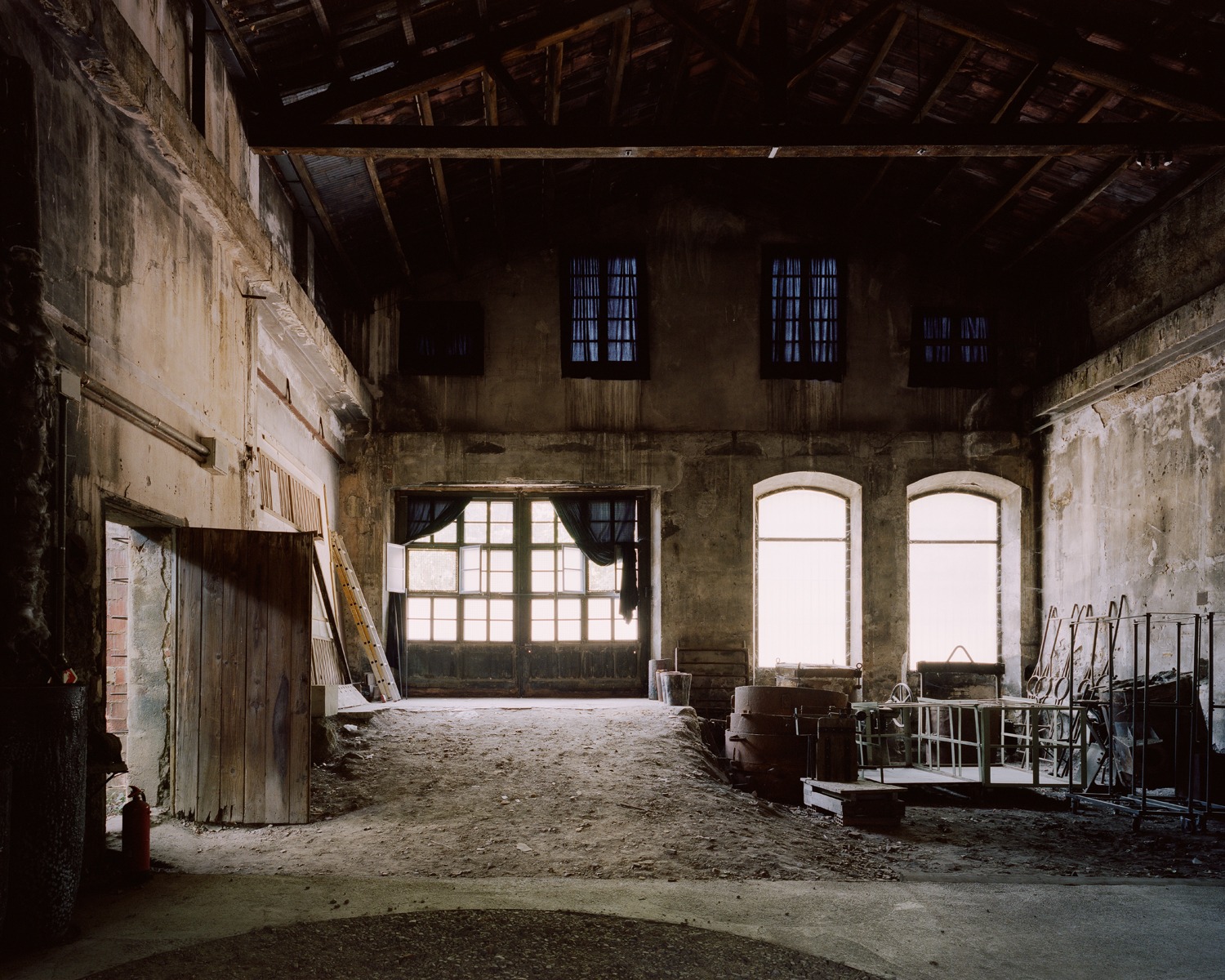
One of the work groups heads towards the Pavilion of Dreams, the space where the projects are reviewed. A room designed for disconnection, reflection and immersion in nature and silence. However, before entering, all footwear must be removed. It is a little rule, practically a ritual: leave certain habits behind and notice the touch of the cold steel. The room is partly below ground, surrounded by glass, and partially open to the outdoors. One’s gaze is at the same level as the indoor garden. It is impossible not to delight in it for a moment. There is an abundance of nature between the walls of the building, and ivy covers the surface of the volcanic stone.
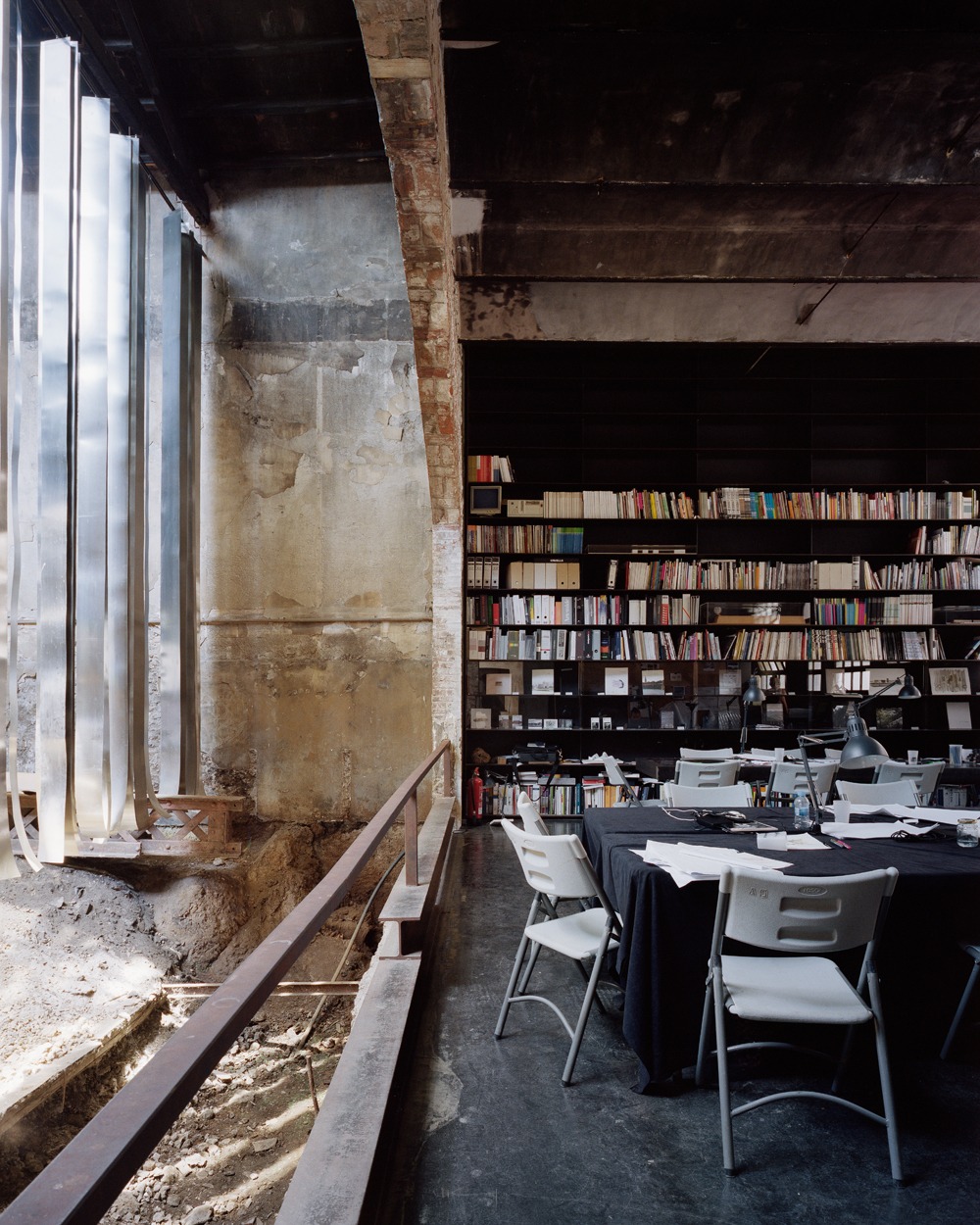
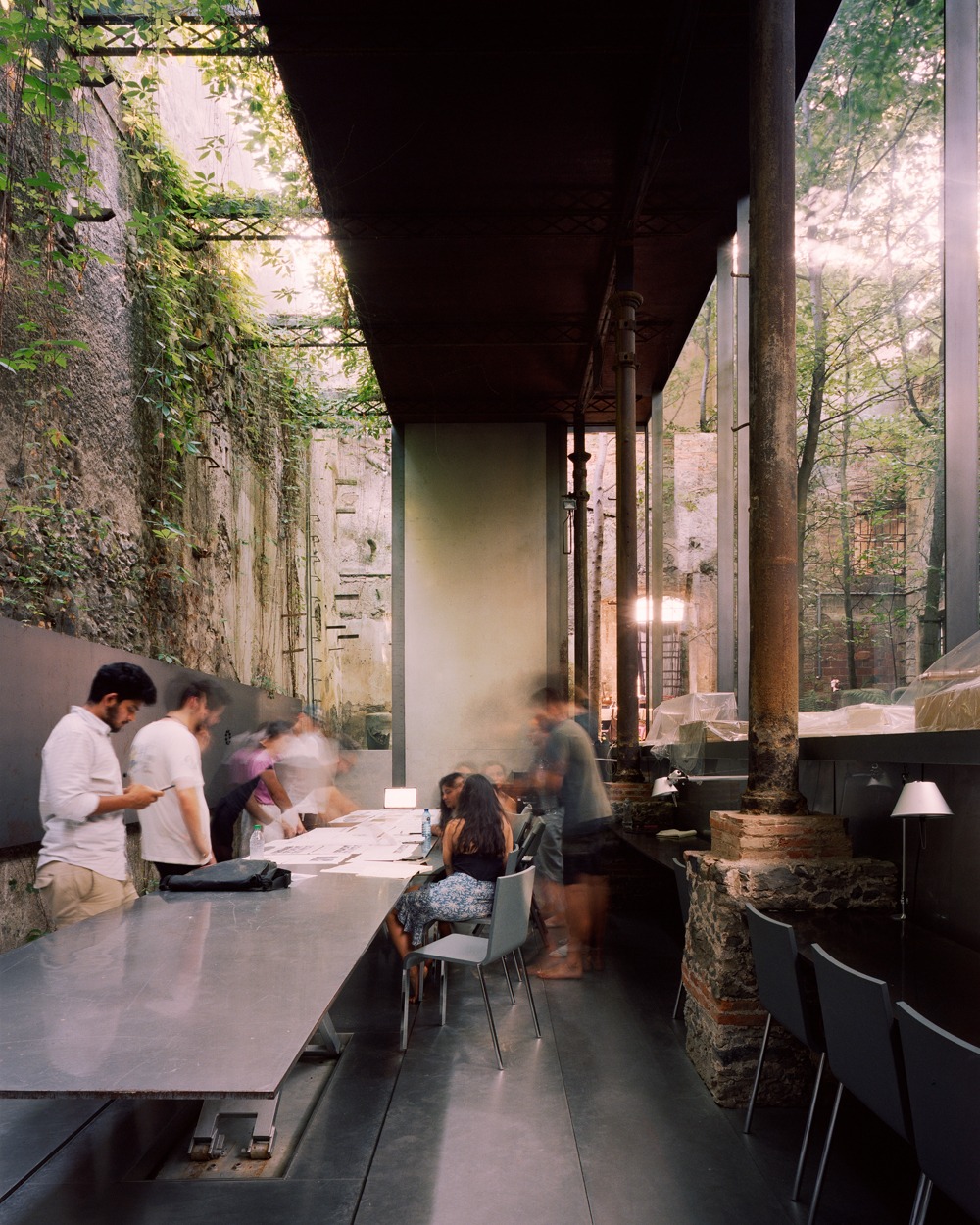
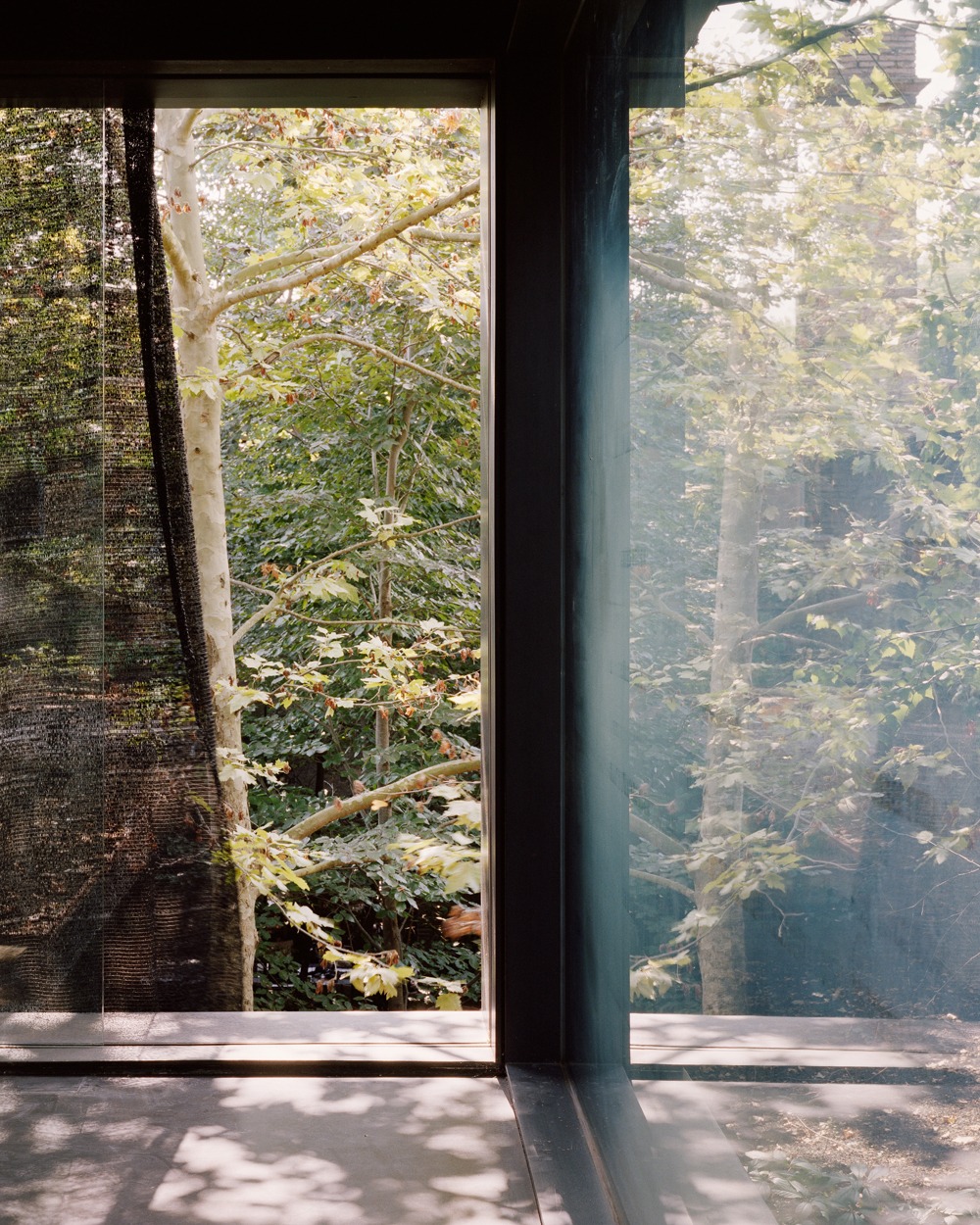
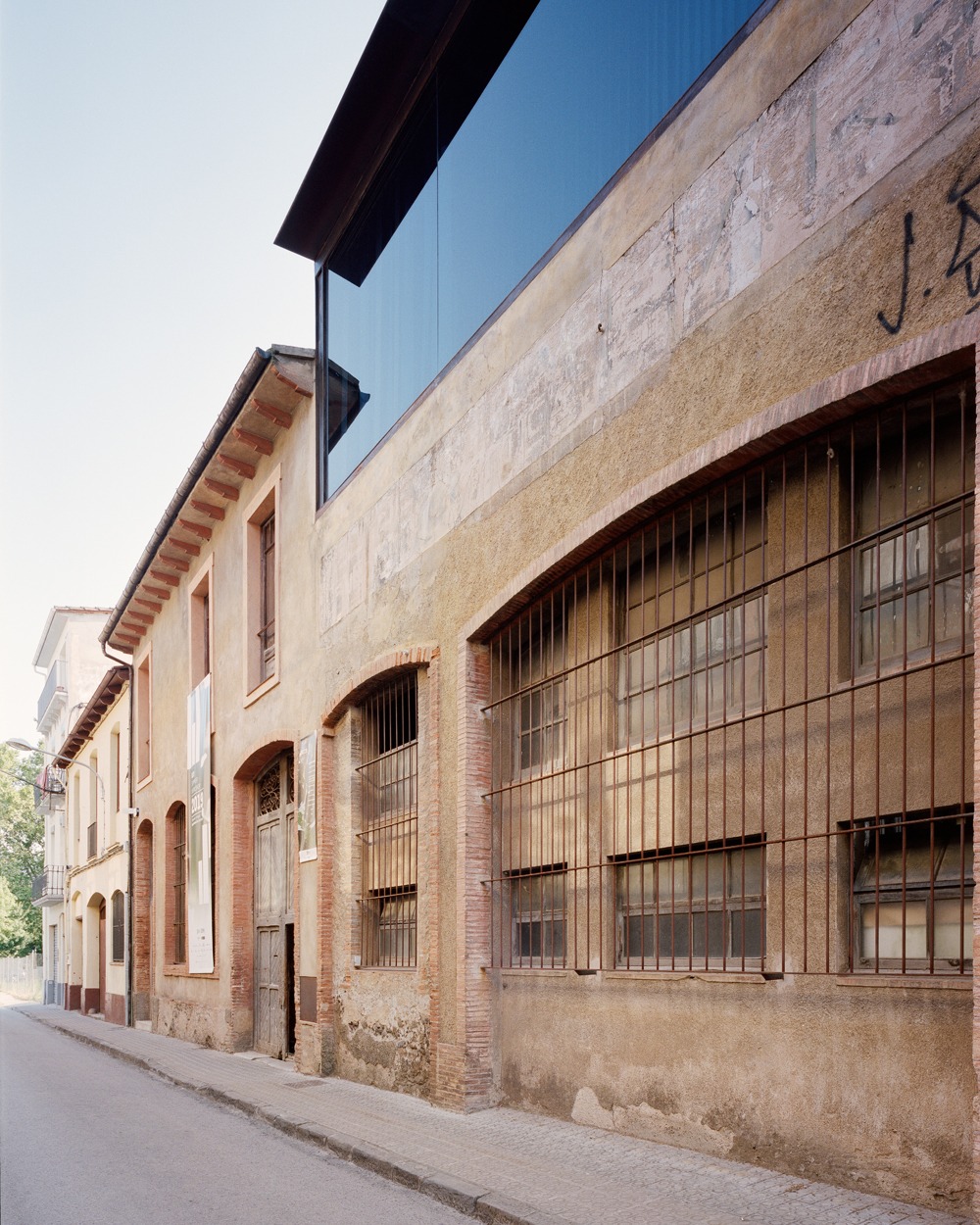
On the floor there are ferns and mosses, an ethereal undergrowth with an Atlantic feel: mounds among the vegetation are a reminder of the days when molten metal was forged here. The plants that hang from the ceiling make their way into the Pavilion of Dreams and, for a few fleeting seconds, the imagination contemplates the passage of time and the march of the seasons. Greens, ochres, flowers. No doubt snow would look beautiful in the Pavilion of Dreams.
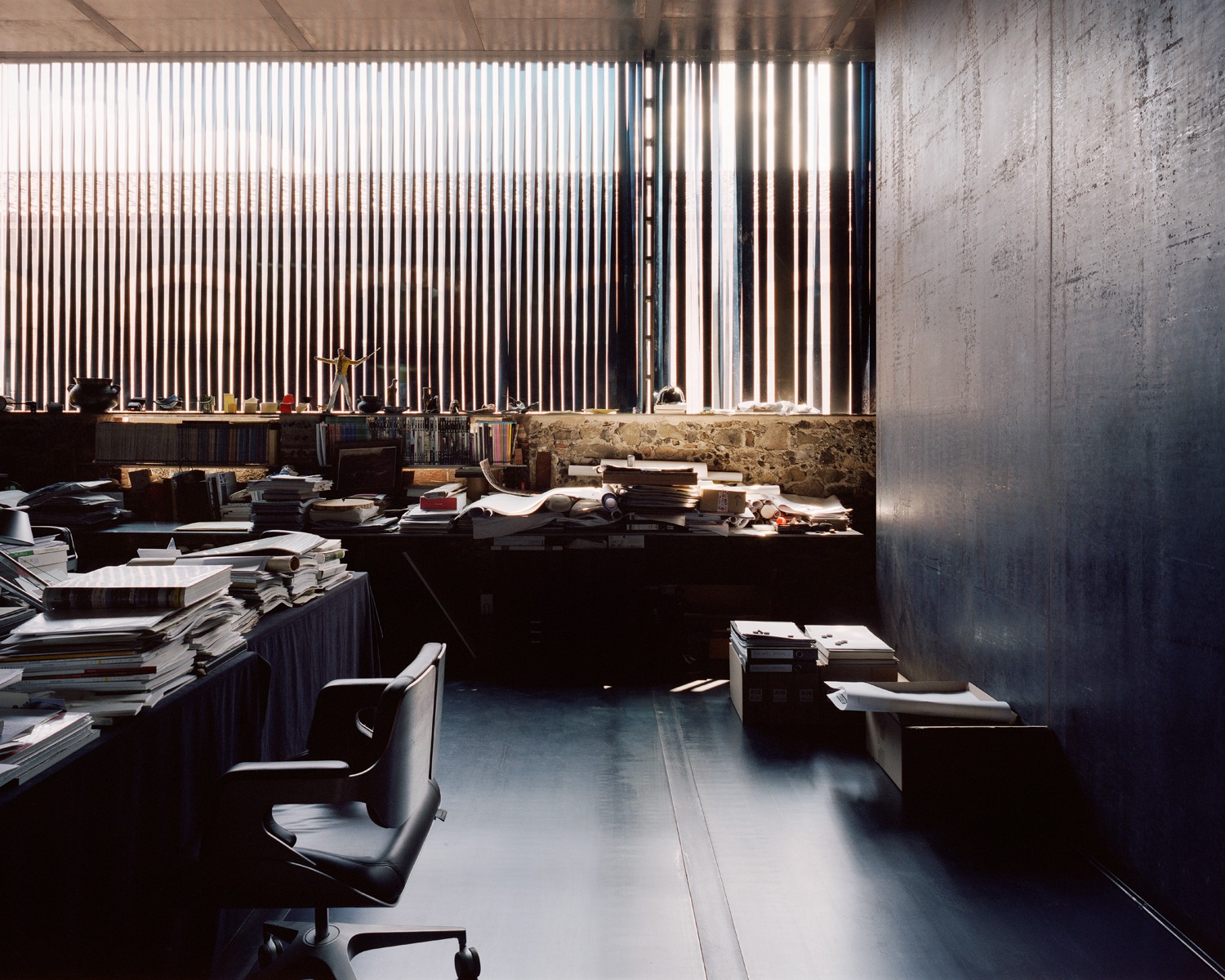
The review turns into a master class. The assessments are tough. No concessions are made here. RCR has opened the doors of its studio to participants from all over the world, to for an uncensored demonstration of their work methods, communicated to them in their language. They do not accept poor understanding, hesitancy, erratic approaches… No slip-up can be permitted to undermine their approach to architecture.
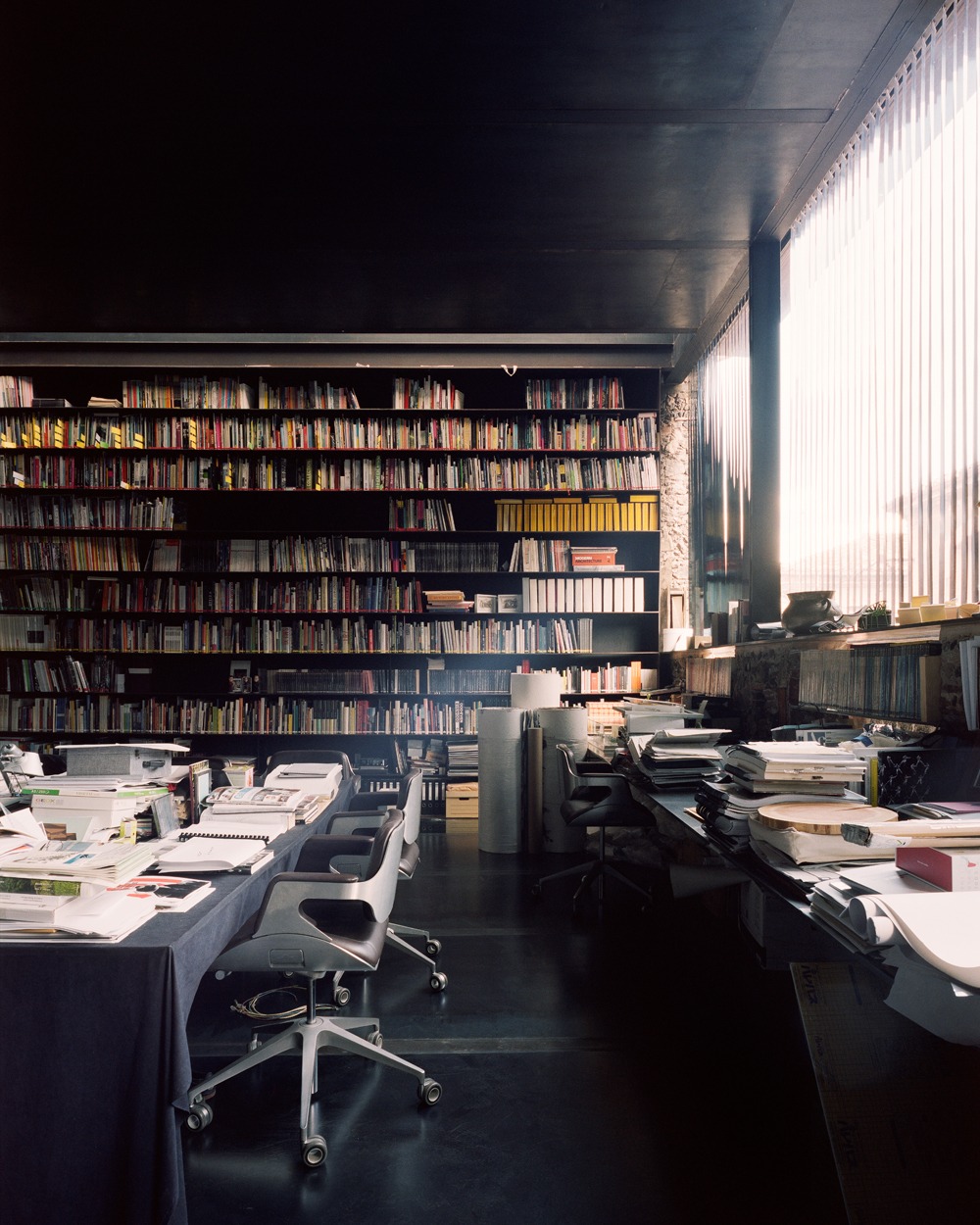
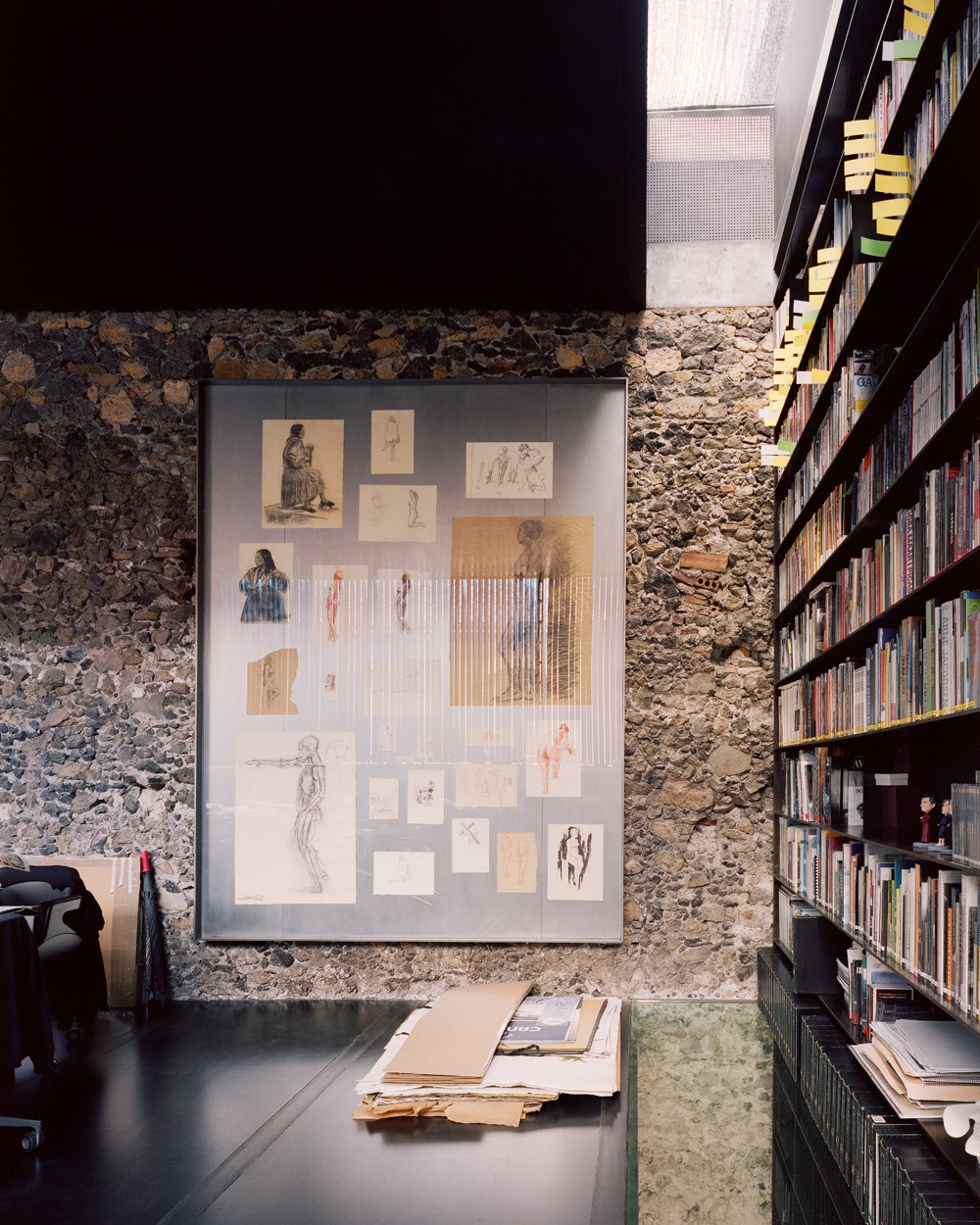
The message is clear: architecture must give life to a feeling, an experience, an emotion. It is from the emotions, from a personal way of understanding places, that buildings are designed. First, comes the echo of an experience of a specific ambience, and that experience must permeate every creation. They stress this: this is important. The body must sense the place, must be able to relate to it, feel it and hear it and live it and understand its distinctive aspects, must grasp its essence and spawn an idea, that the concept belongs to the place (and only to this place). That the building and its surroundings are connected, speak to each other, need each other. Architecture must not just position objects in the middle of a landscape, but must encourage active relationships between buildings, surroundings, people. This is important. You understand this, don’t you?
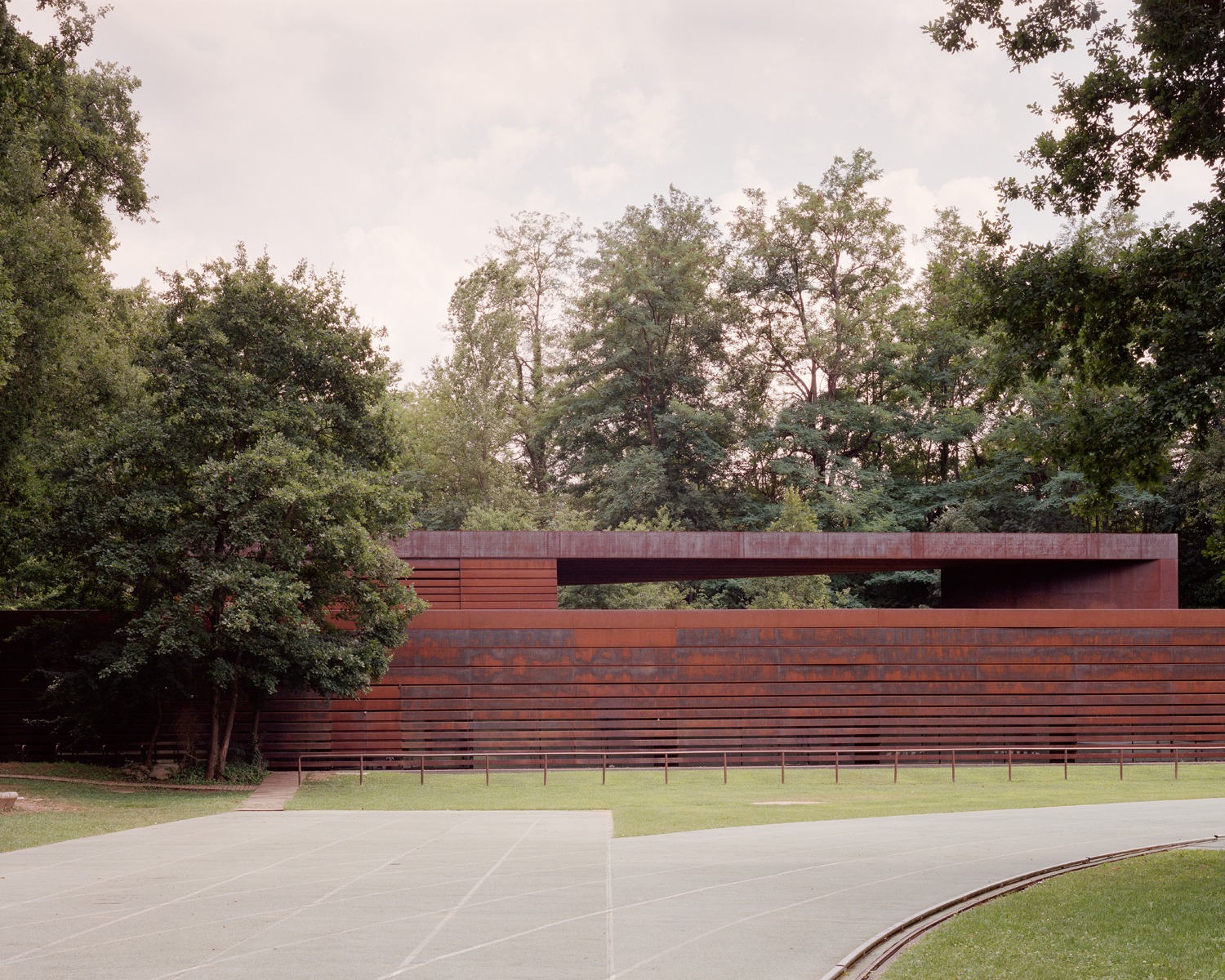 Athletics stadium equipment, Olot
Athletics stadium equipment, OlotAfter a short time in the Pavilion of Dreams, it seems that something has changed in the way that the Barberí Space is perceived. The entire building suddenly becomes a kind of manifesto of RCR’s language, a sort of crystallization of its philosophy: the relationship between architecture and landscape, the ambiguity between nature and artifice, porosity, the presence of emptiness, the permeability between the indoor and the outdoor, the visibility of the passage of time, the symbiosis between past and the present, tradition and modernity… Here, everything is connected in an unusual way. And here, among the iron, concrete, steel, glass, transparencies, vegetation, soot, rust, chains and hooks, one of RCR’s key principles is fully understood: one must have roots, and one must have wings.
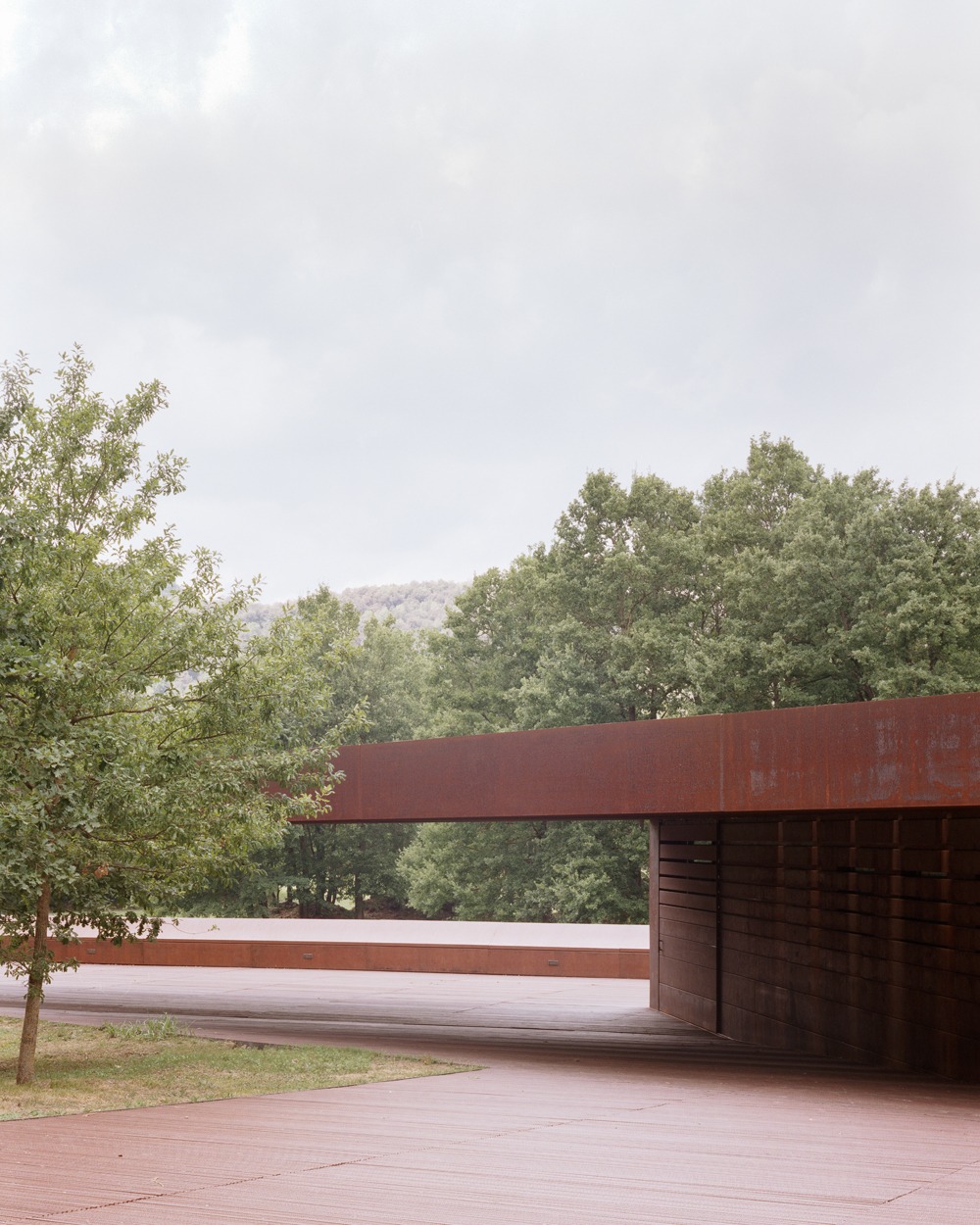
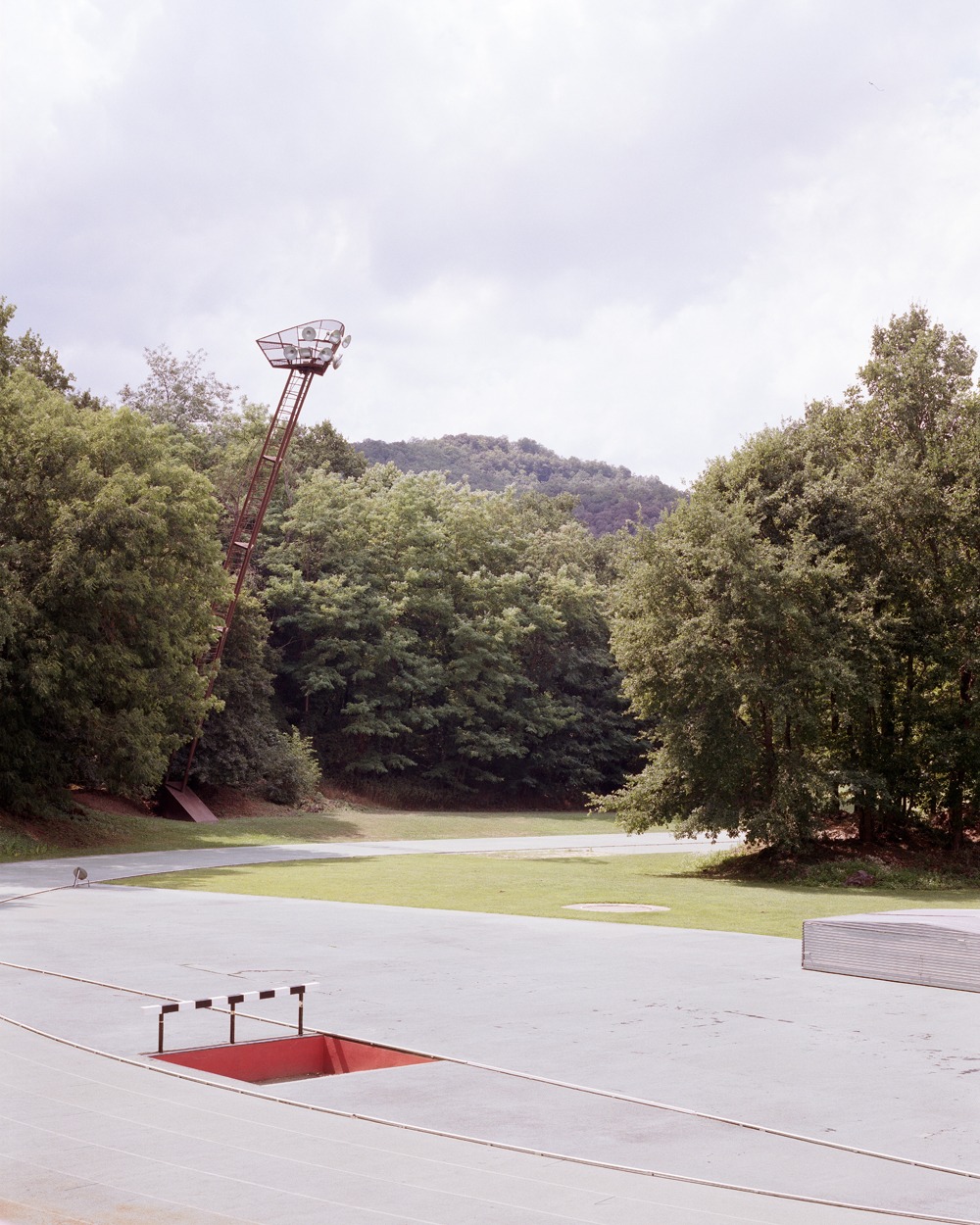
Josep Maria Montaner, the curator of an exhibition dedicated to RCR at the Palau Robert in Barcelona said that the RCR team not only designs buildings, but also tells stories. If this were a story dreamt up by RCR, perhaps it would be told with a combination of lyricism and formal roots, with unexpected, oblique light, with the outline of a tree stamped onto the steel sheeting, with insects flying over an opening in the ceiling or the invocation of a natural phenomenon. And perhaps the rain would even be allowed to fall inside the space.
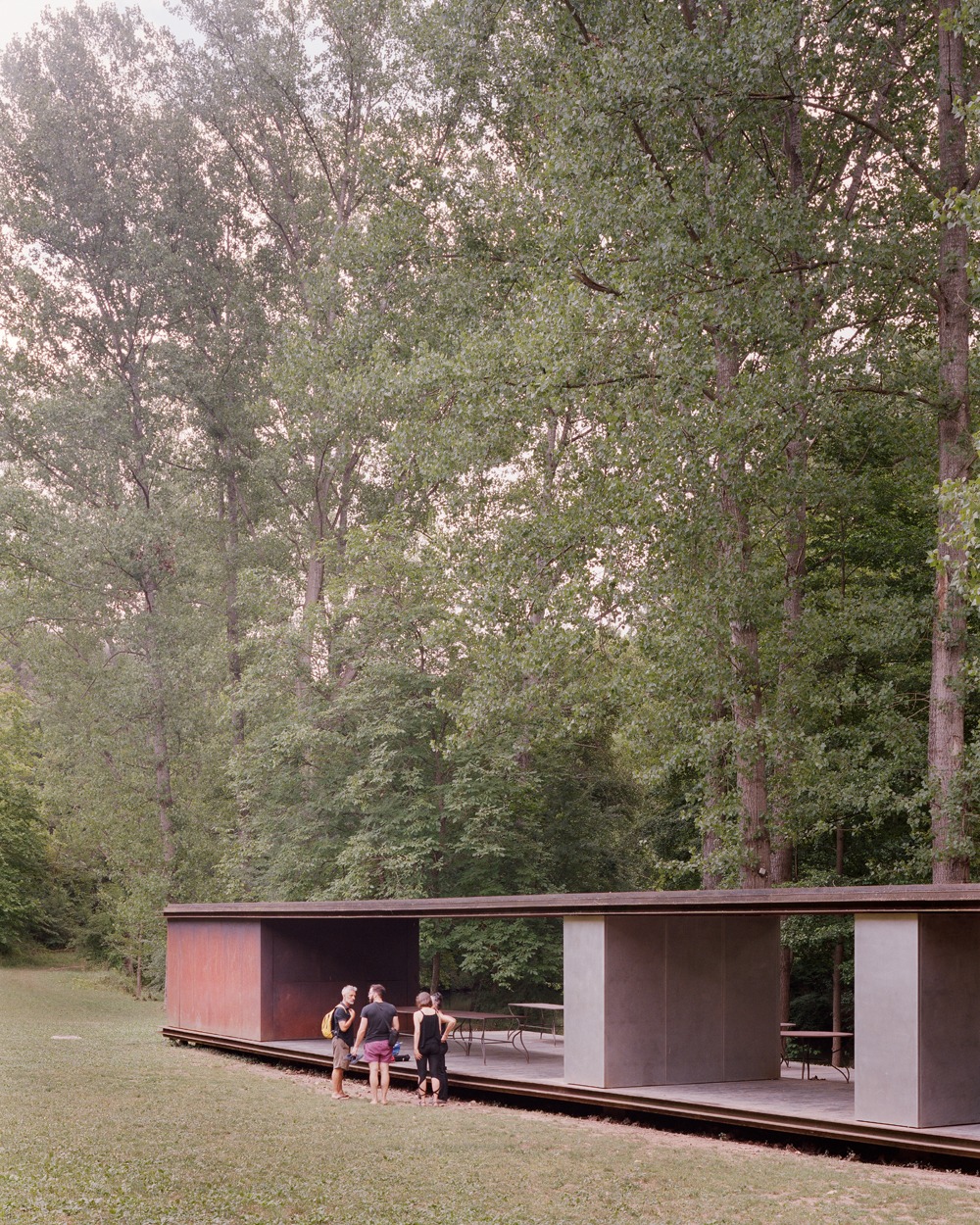 Tossols Basil Bath Pavilion
Tossols Basil Bath Pavilion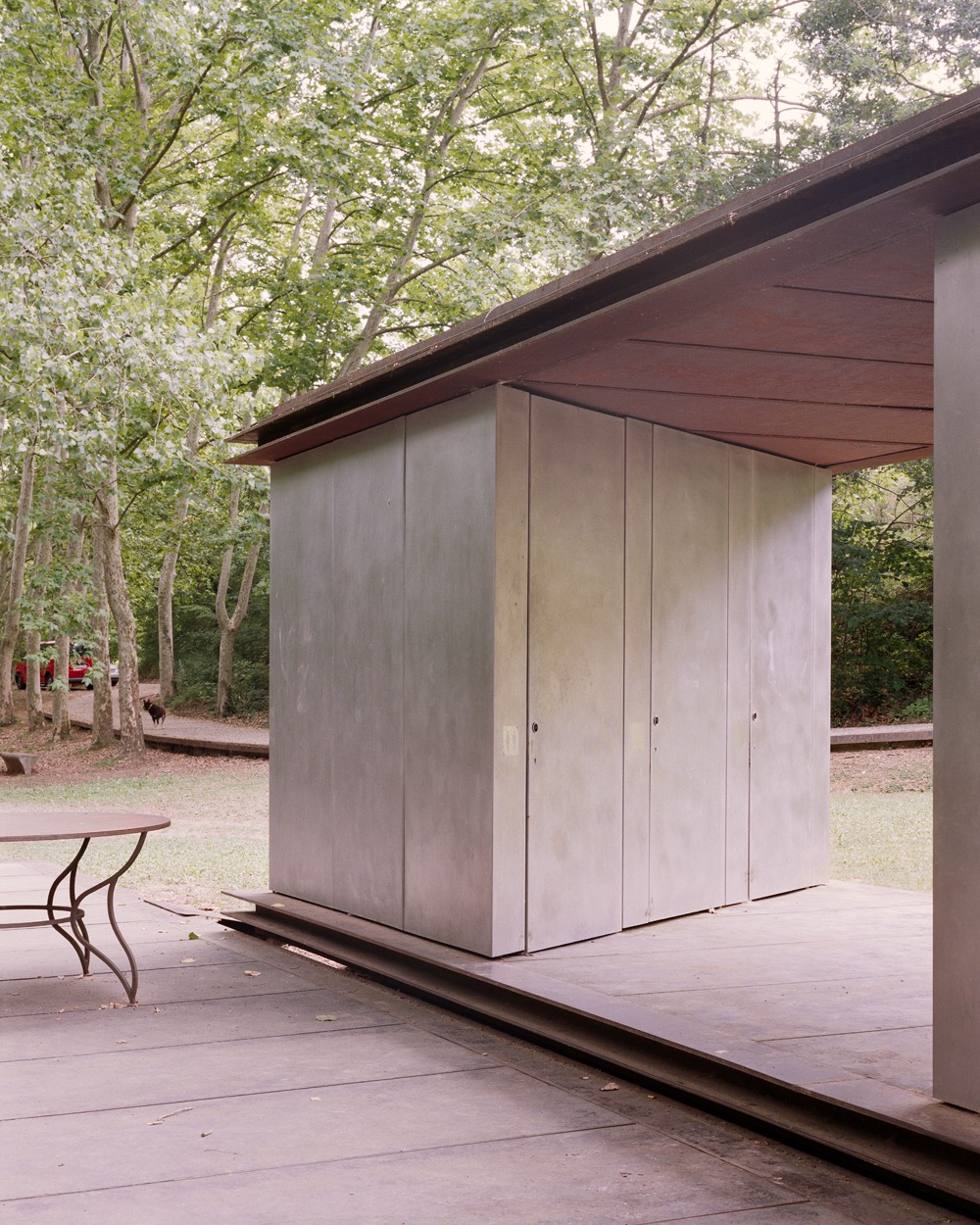 Olot, Girona
Olot, GironaImaginary, benevolent rain that would soak the Barberí Space and bring relief from the overpowering midsummer heat. No one would run and seek shelter. And nobody would be surprised by anything. This is what happens when you live in the world of the RCR team. The senses are ignited, the mind is inspired, and the joy of living is intensified. And maybe what is being celebrated is rain that is not rain – but just an evocation of it.
